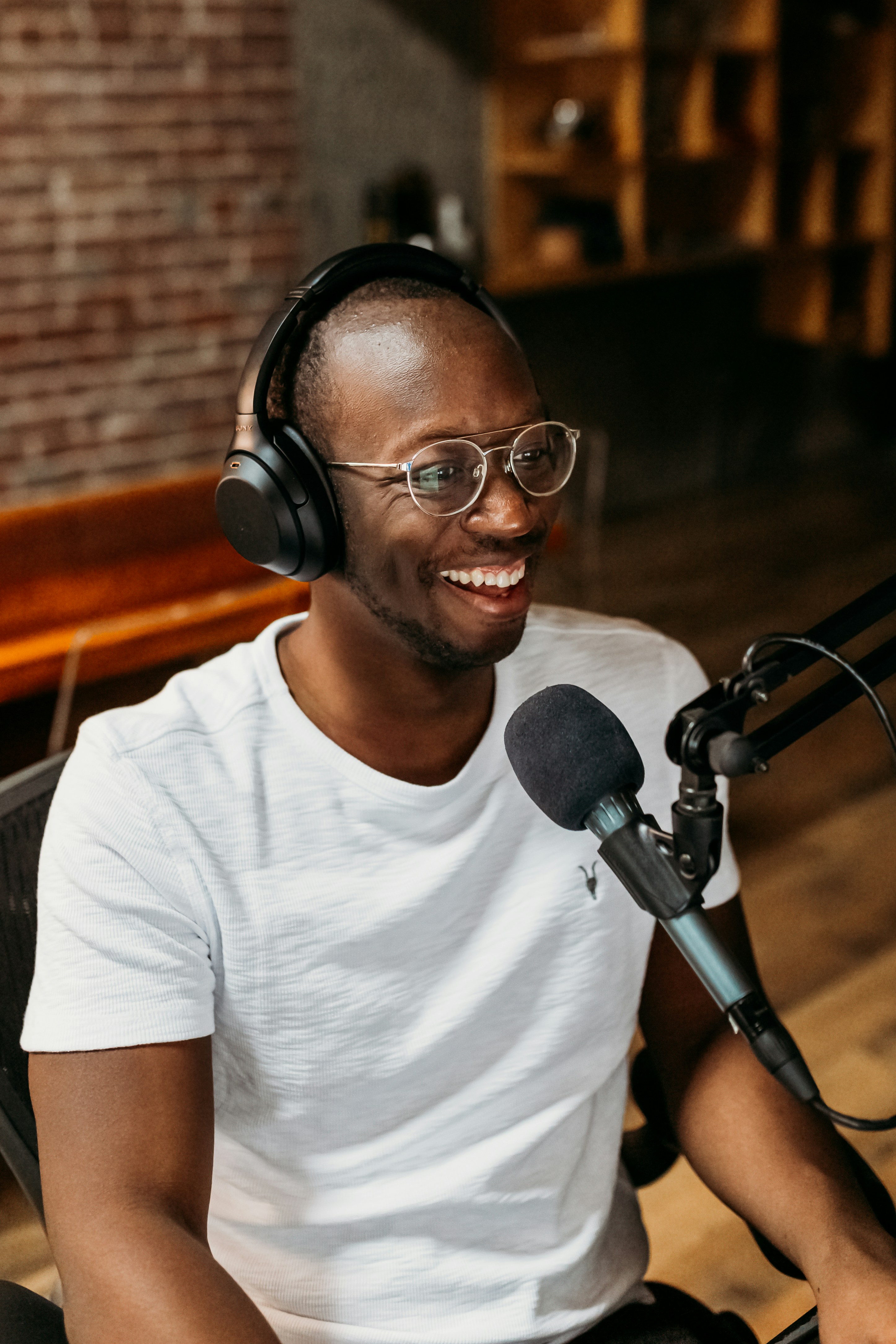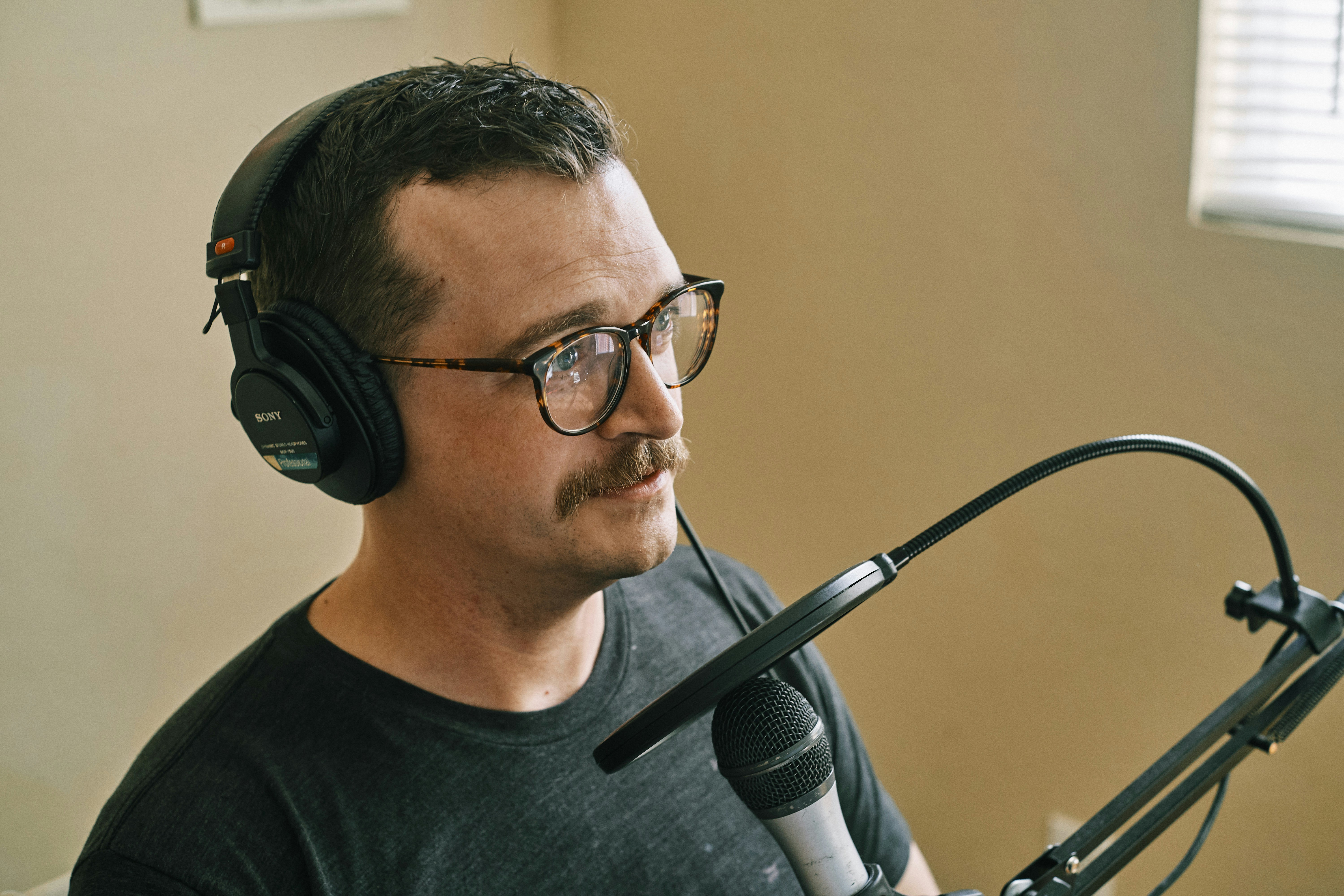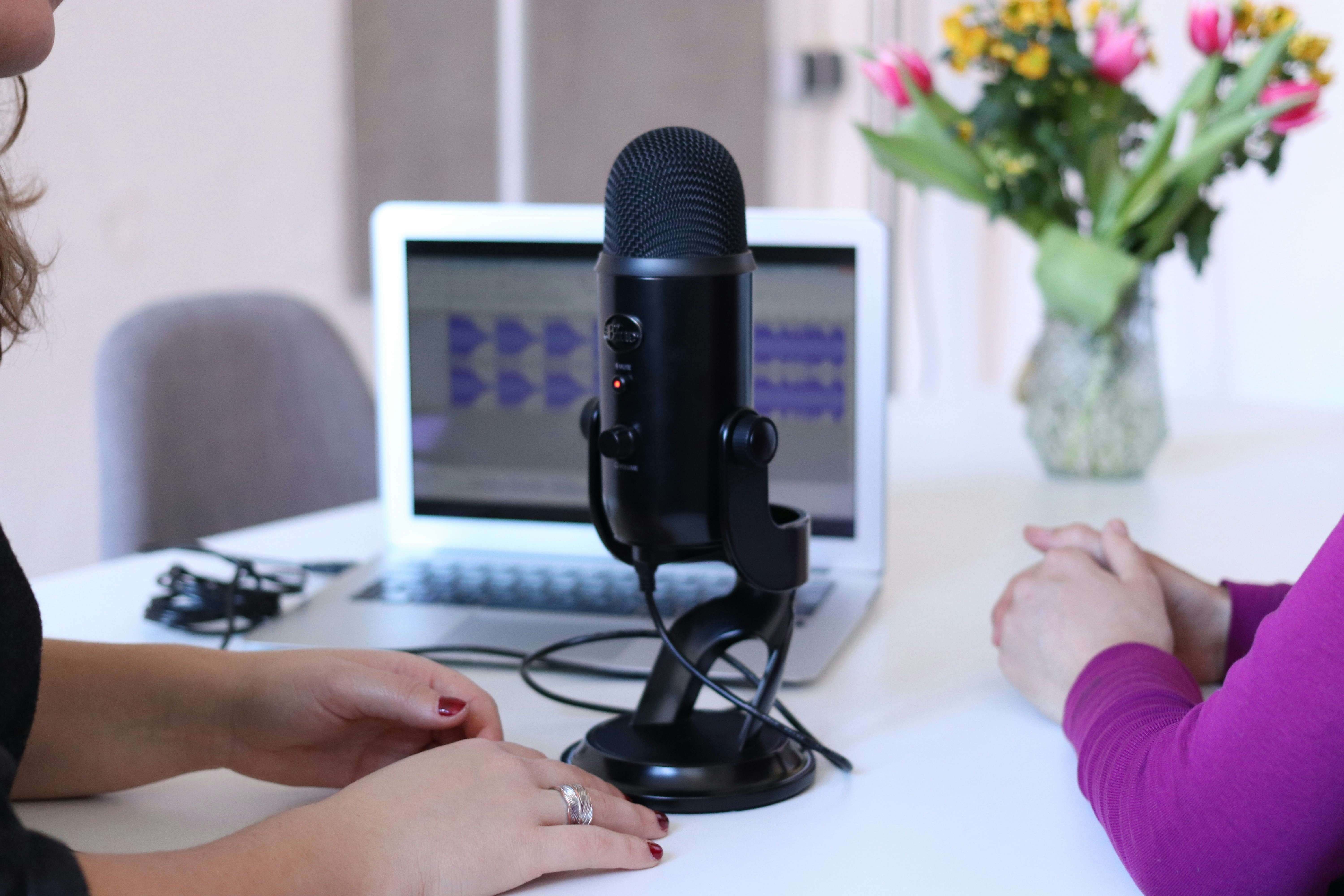In “The Art of Interviewing: Techniques for Podcasters,” you will discover valuable insights into the world of podcast interviews. This article provides you with essential information on recommended brands for podcast equipment, including microphones, headphones, audio interfaces, pop filters, boom arms/stands, shock mounts, acoustic treatment, recording software, portable recorders, and cables/accessories. Whether you’re a seasoned podcaster or just starting out, this article will equip you with the knowledge to enhance your interviewing skills and deliver high-quality content to your listeners.
Preparation
Before conducting an interview for your podcast, it’s essential to spend time researching your guest. Familiarize yourself with their background, achievements, and any relevant topics they specialize in. This will not only help you generate insightful questions but also shows your guest that you have taken the time to understand their work.
Once you have a good understanding of your guest, create a list of interview questions. These questions should be well-researched and designed to elicit thoughtful and engaging responses. Consider incorporating a mix of open-ended questions to encourage your guest to share their expertise and personal experiences.
Setting goals for the interview is another crucial aspect of preparation. What do you hope to achieve through this conversation? Clarify your objectives, whether it’s providing educational content, inspiring listeners, or sparking meaningful discussions. Having a clear goal in mind will guide your interview process and ensure your podcast aligns with your intended purpose.
Creating a Comfortable Environment
To create an optimal interview environment, carefully choose the right location. Select a space that is quiet and free from distractions, minimizing background noise. If possible, opt for a location that aligns with the theme or expertise of your guest, such as their office or a relevant setting.
Seating arrangements play a significant role in setting the tone for the interview. Ensure that both you and your guest are positioned comfortably and facing each other, allowing for easy conversation and eye contact. This will help establish a connection and make your guest feel more at ease.
Pay attention to lighting and ambiance. Adequate lighting is essential for visual clarity during the interview, so choose a well-lit area or invest in appropriate lighting equipment. Additionally, create a pleasant ambiance by considering factors such as room temperature, background music, and overall aesthetics. A comfortable environment will contribute to a positive experience for both you and your guest.
Mastering Communication Skills
Active listening is a fundamental communication skill that podcasters should strive to master. During the interview, focus your attention on your guest, giving them your undivided attention. Show that you are fully engaged by maintaining eye contact, nodding or providing verbal cues to indicate understanding, and avoiding interruptions.
Asking open-ended questions is an effective way to encourage your guest to provide detailed and insightful responses. Instead of questions that can be answered with a simple “yes” or “no,” ask questions that require more thought and explanation. This allows your guest to share their expertise and personal stories in a meaningful way, leading to a more engaging conversation.
Practicing follow-up questions demonstrates your interest in your guest’s responses and can lead to deeper discussions. Delve further into their answers, asking for clarifications, examples, or expanding on particular points. This not only keeps the conversation flowing but also allows you to explore topics more comprehensively.
Building Rapport
Establishing a positive atmosphere is essential to building rapport with your guest. Begin the interview by expressing your excitement to have them on the podcast, highlighting their expertise and achievements. Use positive and friendly language to create a welcoming environment from the start.
Making your guest feel comfortable is crucial for a successful interview. Take the time to chat with them informally before diving into the official recording. Ask about their day or any current projects they’re working on – this helps break the ice and allows your guest to relax and open up.
Small talk is a powerful tool to connect with your guest on a personal level. Find common interests, share anecdotes, or even complement their work. This helps foster a sense of camaraderie and establishes a genuine connection, making the interview feel more like a friendly conversation.
Managing Time Effectively
Setting a time limit for the interview is important for both you and your guest. Plan and communicate the estimated duration in advance, ensuring both parties are aware and comfortable with the timeframe. Respect the agreed-upon time to maintain professionalism and prevent the interview from running excessively long.
Managing transitions between topics is crucial to keep the interview organized and coherent. Avoid abrupt shifts between subjects by providing smooth segues. Summarize the previous topic and introduce the next one seamlessly, ensuring a smooth flow throughout the conversation.
To keep the interview on track, establish a loose structure or outline beforehand. This will help guide the conversation and ensure all relevant topics are covered. However, remain flexible and open to following interesting tangents or spontaneous discussions that may arise during the interview.
Handling Difficult Guests
Preparing for challenging personalities can help you navigate potential conflicts smoothly. Research your guest’s background and previous interviews, paying attention to their communication style and potential triggers. Armed with this knowledge, you can approach the interview with awareness and adapt accordingly.
If disagreements or conflicts arise during the interview, remain calm and composed. Listen attentively to their perspective, allowing them to express themselves fully. Stay professional and respectful, refraining from personal attacks or heated arguments. It’s important to prioritize maintaining a constructive and informative conversation.
Regardless of the challenges you encounter, maintain professionalism throughout the interview. Treat your guest with respect and dignity, even in difficult situations. Remember that your primary goal is to create an engaging and meaningful conversation for your listeners.
Using Body Language
Maintaining eye contact is a powerful non-verbal communication tool. It shows your guest that you are actively engaged and interested in what they have to say. Direct your gaze towards them, embracing the connection that eye contact can create.
Using appropriate gestures can convey your interest and enthusiasm. Nodding your head to show understanding, smiling to express agreement or appreciation, and using hand gestures to emphasize points are all effective ways to engage your guest visually.
Being aware of verbal and non-verbal cues from your guest is equally important. Pay attention to their body language, tone of voice, and facial expressions. These cues can illuminate their emotions or level of comfort, allowing you to respond appropriately and ensure a positive interview experience.
Improving Interview Techniques
Listening to feedback is an invaluable practice for improving your interviewing skills. Seek input from your listeners, colleagues, or even your guest themselves. Constructive criticism can provide valuable insights and areas for improvement.
Analyzing successful interviews can also help refine your techniques. Reflect on what went well during those conversations – the pacing, the depth of questioning, or the natural flow of the conversation. Identify the elements that resonated with your listeners and integrate those strategies into future interviews.
Remember that interviewing is an ongoing learning process. Continuously seek opportunities to learn and evolve. Attend workshops, read books, or even take courses to enhance your skills and develop new interviewing techniques. Embrace a growth mindset, knowing that every interview is an opportunity for improvement.

Editing and Post-production
Once the interview is complete, editing is an essential process to refine and enhance the recording. Trim unnecessary segments such as long pauses, technical difficulties, or repetitive content. Strive for a polished and concise final result.
Enhancing audio quality is crucial for a professional-sounding podcast. Remove background noise, adjust volume levels, and ensure clear audio throughout. Editing software such as Adobe Audition, Audacity, or Pro Tools can aid in this process.
Consider adding intro and outro music to give your podcast a cohesive and engaging feel. Select music that aligns with the tone and theme of your podcast, capturing the attention of your audience from the beginning and leaving a lasting impression at the end.
Recommended Podcasting Equipment
When it comes to podcasting equipment, there are several trusted brands to consider across different categories:
- Microphones: Shure, Rode, and Audio-Technica are popular and reputable choices for high-quality microphones.
- Headphones: Sennheiser, Sony, and Beyerdynamic are well-regarded brands that offer excellent sound quality and comfort for extended use.
- Audio Interfaces: Focusrite, Behringer, and PreSonus are known for their reliable and user-friendly audio interfaces, translating sound from your microphone to your recording software.
- Pop Filters: Stedman, Nady, and Aokeo manufacture pop filters that effectively reduce plosive sounds and ensure clear vocal recordings.
- Boom Arms/Stands: Heil Sound, Rode, and Gator Frameworks provide sturdy and adjustable boom arms or stands to securely hold your microphone during recording.
- Shock Mounts: Rycote, K&M, and On-Stage offer shock mounts that isolate your microphone from vibrations, resulting in cleaner audio recordings.
- Acoustic Treatment: Auralex, Primacoustic, and ATS Acoustics specialize in acoustic treatment products, such as foam panels or bass traps, to enhance the sound quality in your recording space.
- Recording Software: Adobe Audition, Audacity, and Pro Tools are widely-used recording software options, offering various features to edit and enhance your audio recordings.
- Portable Recorders: Zoom, Tascam, and Sony produce portable recorders that allow you to record interviews outside of a studio setting, perfect for on-location episodes.
- Cables and Accessories: Mogami, Hosa, and Monster Cable are recognized brands for reliable audio cables and other accessories to support your podcasting setup.
With the right preparation, communication skills, and equipment, your podcast interviews can become engaging, informative, and enjoyable experiences for both you and your guests. Continuously honing your techniques and adapting to different situations will help you nurture meaningful conversations and create content that resonates with your listeners. Happy podcasting!



